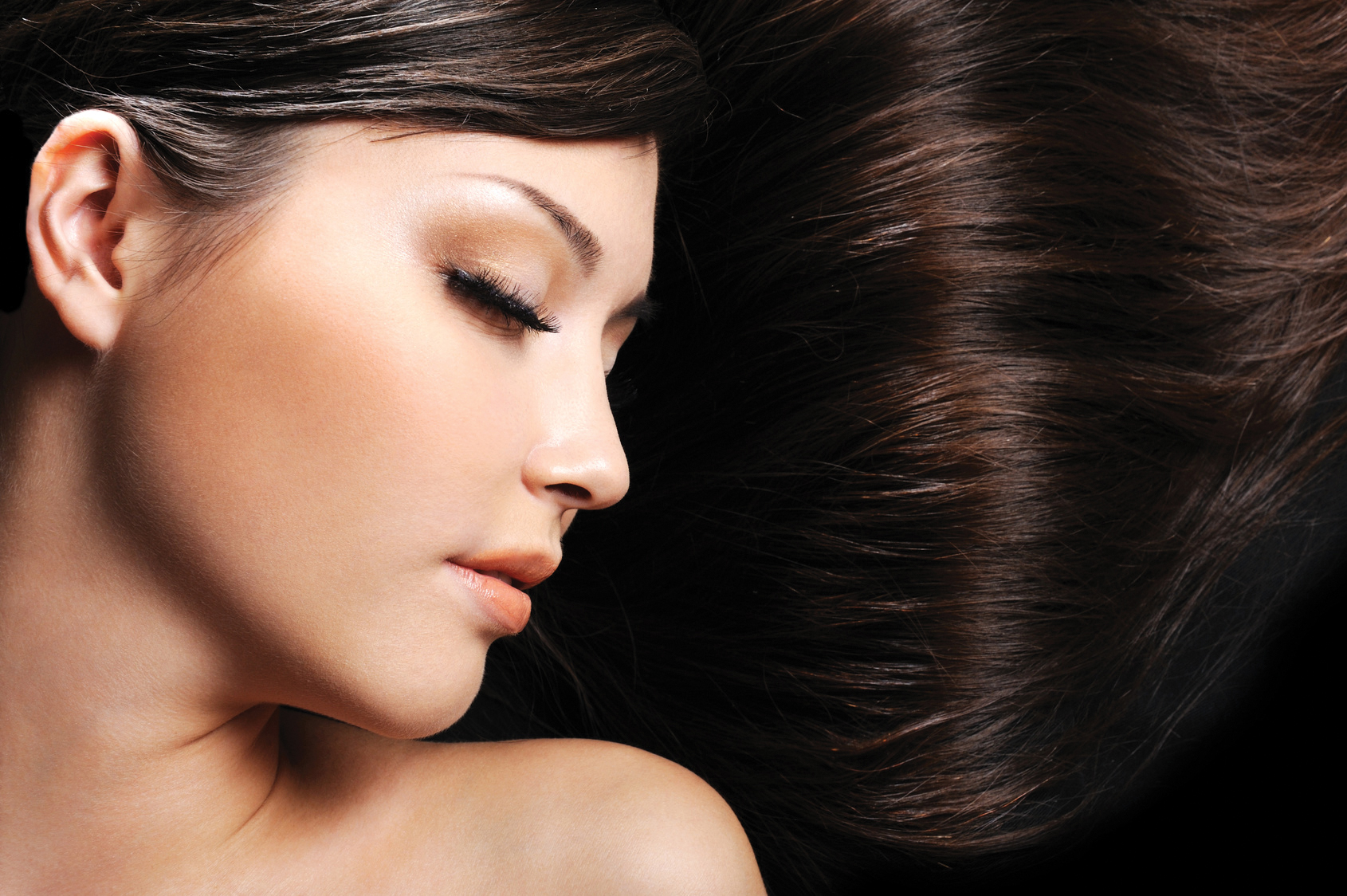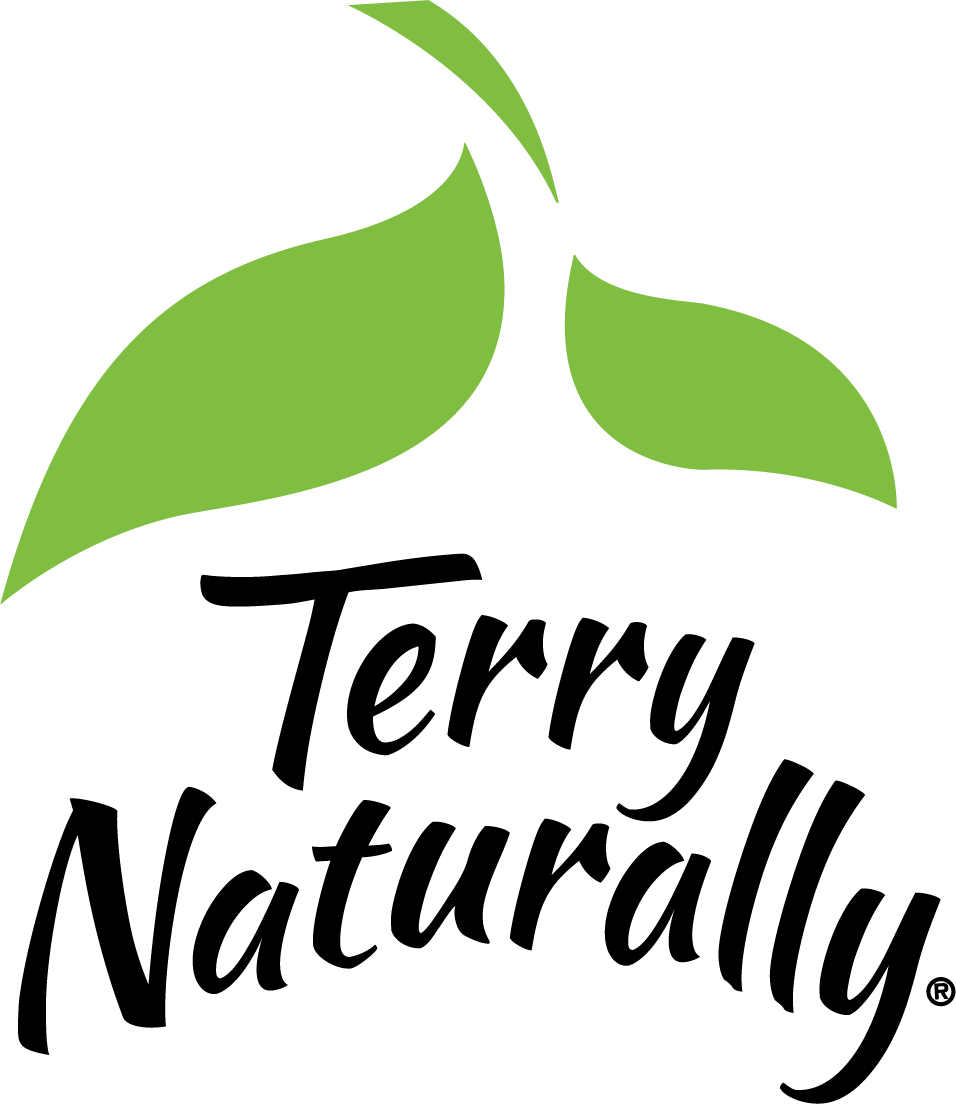Instead, stimulate healthy hair with a regimen of supportive nutrients that nourish it from the inside. The ingredients I recommend can make a dramatic difference. Together, they will:
- Strengthen hair
- Restore the structure of healthy hair
- Stop alopecia hair loss
- Create shiny, sustained hair growth
- Thicken hair for a fuller appearance
- Provide a safe, natural, hormone-free solution
It’s easy to forget that hair is a living part of our body. Most people simply don’t make that association. But as such, it must be nourished.

We have come to believe that to improve the quality of our hair we only need to apply shampoos, conditioners, and cosmetic products. While high quality hair products are certainly important to improve the shine and look of our hair, they can never effectively nourish the hair root and shaft for new hair growth and quality. In this article, we’re going to look at a combination of nutrients that can help you have thick, beautiful, and healthy hair that you’ll love.
The Structure of Hair
Even though it seems like one complete structure, hair is actually made up of a number of different components.
The hair follicle is a small pocket just below the skin surface surrounded by nerves and, when healthy, a supply of rich, nutrient-filled blood. Within the follicle is a hair bulb and the papilla, which supplies the growing hair with nutrients. This tiny hair growing factory also contains a small muscle which responds to cold or fright and gives us those familiar goose bumps. In addition, the follicle contains an oil producing gland called the sebaceous gland. This gland produces a fine, natural oil which coats the growing hair and protects it from loss of moisture.
The hair shaft is what we see – the part of the hair that leaves the surface of the scalp. The shaft consists mainly of keratin, a hard protein similar to that of our nails. Keratin is very strong and supple and has great resistance because of a high content of sulphurated amino acids. The second part of the hair shaft is the cuticle, a scaly, outer layer that protects the inner protein fibers. It consists of overlapping scales like those of a fish. When the scales lie flat the hair is protected and free of tangles. The cuticle also protects the inner hair partially because it acts as a trap for sebum, the natural oil produced by the sebaceous gland.
If the cuticle becomes damaged and breaks away, the inner fibers will fray leading to breakage and split ends. Underneath the cuticle is the next layer called the cortex. It is made up of millions of keratin fibers twisted around each other like a rope. This cortex is responsible for the thickness and strength of the hair and contains pigment that determines your natural hair color. In the very center of each hair is a canal made of soft keratin called the medulla. Its function is unknown. Sometimes the medulla is missing altogether, and it’s believed that poor health and unbalanced nutritional intake is responsible for its disappearance.
In fact, when the body is undernourished, it shuttles nutrients to the most critical lifesaving organs and glands. Anything “non-essential” – including hair – is basically starved of nutrition. And in reality, that makes perfect sense. Our hair has very little to do with improving the quality of our health, and that’s why it is sacrificed by the body to protect more critical functions.
To keep hair healthy, we know that regular shampooing, conditioning and other external treatments are usually part of the routine. To really nourish and sustain healthy hair growth, however, an internal treatment which contains high levels of the following active ingredients is a must:
Sulphurated amino acids. The two most critical, sulphurated amino acids for new hair growth are L-methionine and l-cysteine. They are essential for the formation of keratin, the basic building blocks of hair, and promote hair growth.
B Vitamins. B vitamins, necessary for virtually every function in the body, also contribute to healthy hair and skin. The B vitamins that need to be a part of a hair renewing formula include riboflavin, B6 (pyridoxine-5-phosphate), folic acid, pantothenic acid (B5), and biotin. While they all have a role, I’d like to focus on two of them: vitamin B6 and biotin.
Vitamin B6. This vitamin plays an important role in the absorption of the sulphurated amino acids, those building blocks of healthy hair that I mentioned before. Interestingly, there has been recent scientific research that shows vitamin B6 and l-cysteine help prevent alopecia (hair loss) induced by chemotherapy. While there is more work to be done on this front, I think the indications are very hopeful.
Biotin is another B vitamin that is a must for healthy hair and skin. It is found in a number of food sources, including egg yolks, milk, barley, liver, royal jelly and brewer’s yeast. For the full benefits, however, a supplemental source is best.
Biotin helps the body synthesize and use fatty acids and metabolize amino acids. It helps DNA replicate properly, so it is an extremely necessary nutrient for a variety of reasons. Those born with metabolic disorders can be prone to severe biotin deficiencies, and suffer from alopecia as a result. However, anyone following the standard American diet of refined foods needs a strong source of the nutrient to help build the structure of keratin for strong hair and nails.
In fact, a Swiss study found 63 percent of those using a biotin supplement showed a 25 percent increase in nail thickness when they previously had dry, brittle fingernails. Biotin deficiency is serious. If you have alopecia, dermatitis, or weak nails, you definitely need this B vitamin.
Millet Seed Oil Extract. Supercritical CO2 millet (Panicum miliaceum) seed oil is processed with no harsh chemicals – only carbon dioxide. This helps preserve the seed oil’s natural, valuable compounds, including linoleic acid, miliacin, and other plant sterols that are crucial for sustaining hair growth. While each component of millet seed oil is important, miliacin is the heavy hitter. It increases cell metabolism and stimulates cell proliferation and tissue regeneration – exactly what you want for restoring healthy hair.
Miliacin is backed by clinical studies that show it supports the formation of lustrous and healthy hair. It also activates the body’s own repair mechanisms to heal skin and reduce inflammation.
In a clinical study, cancer patients were divided into groups receiving millet seed oil and chemotherapy, or chemotherapy alone. The grade, or severity of hair loss was assessed by World Health Organization (WHO criteria).
Those in the millet seed oil group saw significantly lower percentages of hair loss. The extract, given orally, was well tolerated in all patients – a challenge when chemotherapy is part of the treatment. Certainly, more work needs to be done to establish effectiveness and timing (how early before chemotherapy treatment to begin using the extract), but these results are still reason for hope.
Sunflower seed oil. This excellent oil provides valuable omega-6 fatty acids that are necessary for healthy hair. Sunflower seed oil also contains lecithin, phospholipids, tocopherols, carotenoids, and has a very high content of vitamin E. It helps retain moisture in the skin and hair, and may provide a protective barrier as well.
Silica. A lack of silica can lead to skin, nail, and hair disorders as well as growth problems. But how often do you get silica through dietary sources? Probably not very often.
The silica I recommend is an organic ingredient obtained from the above-ground parts of the common horsetail (Equisetum arvense) plant. In a special process, the silica in the plant is extracted while still attached to the plant bioflavonoids that support its activity in the body. At the same time, all the harsh and potentially harmful substances are screened out using this gentle process. This unique botanical silica is then blended with a specific marine oil to enhance absorption, beneficial effects, and cell membrane penetration of the active compounds. This form of silica is extremely soluble and virtually 100% bioavailable for the body.
While there are other supplemental sources that are either mined from rock or synthesized in a lab, they are not the same. To begin with, plant-derived silica has higher levels of bioactivity than all other forms. In fact, the stem of the common horsetail is about 80% silica!
A Formula for Great Hair
These nutrients are exactly what you need for strong, lustrous hair growth. Plus, because it is hormone-free, it will not cause undesirable hair growth on other areas of the body. It is a safe and natural way to encourage healthy hair, regardless of gender or age.
My only other advice is to be patient. Stick with these nutrients for at least three months. New hair growth may respond very slowly, and while you may see results with greater beauty and thickness, allow ample time for new hair to grow in as well. I think you’ll be happy with the results.
